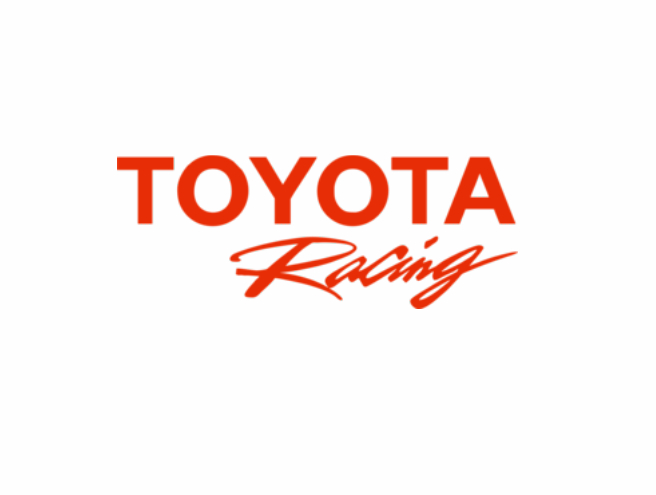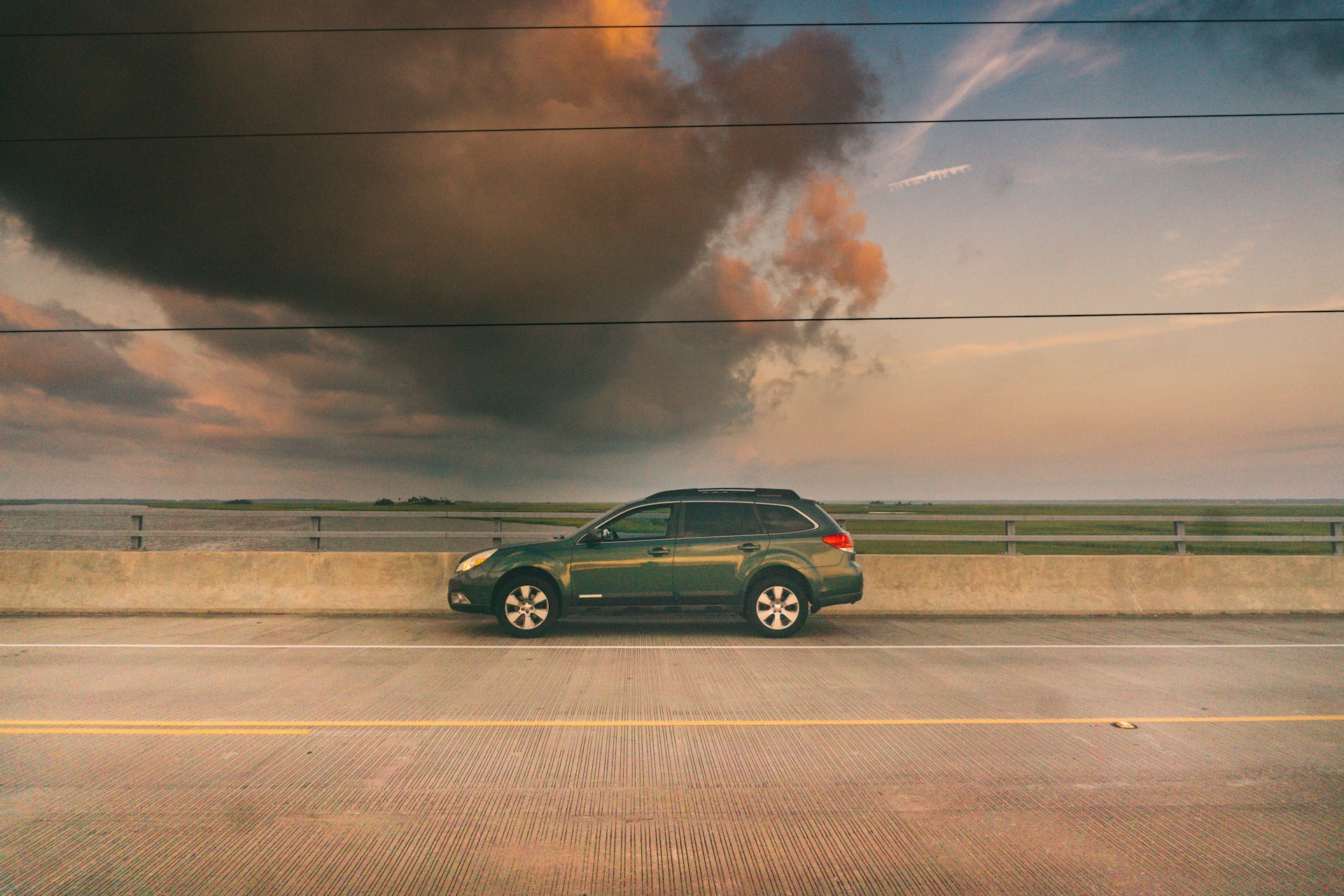California product manufacturers are responsible for ensuring their products are safe for consumers. Unfortunately, manufacturers do not always meet this expectation, thereby harming consumers.
If you have suffered injuries due to a harmful or defective product, you may have a right to compensation by filing a product liability claim. This guide delves into product liability lawsuits and can guide you into the basics if you intend to file a claim.
Types of Product Liability Claims
Product liability laws address any harm resulting from a defective or faulty product. As such, it can be a slightly broad field with three main categories: manufacturing defect claims, design defect claims, and failure to warn claims.
Manufacturing Defect Claims
Manufacturing defect claims result from harm caused by a product with a defect right from production. For example, if you bought a lawn mower, put it to work, and the blade detaches, causing an injury, you can file a manufacturing defect claim against the lawnmower manufacturer.
Unlike other personal injury cases, you do not need to prove negligence by the manufacturer. Instead, strict liability would apply, which holds the manufacturer liable irrespective of their effort to ensure safety. All you need to prove is that the mower had a manufacturing defect and that the defect was the direct cause of the incident that caused your injuries. Understanding the nuances of strict liability can be complex, so consulting with a New York product liability lawyer can provide valuable insight into how the law works and help you assess the best course of action for your case.
Design Defect Claim
A product’s design can make it inherently risky. For example, Ikea has in the past come under fire and has had to pay millions in settlement after several children died after being crushed under their drawers as a result of a poor design.
Proofing a product design defect can be challenging and demands specialized knowledge of the subject matter. In most cases, lawyers depend on expert witnesses to prove design defects in a claim. Also, in design defect claims, you will likely have more than one individual raising issues with the design defect, as with Ikea drawers.
Failure to Warn Claims
Sometimes, it is impossible to eliminate all chances of an accident in product manufacturing. In such cases where a product may pose certain risks to users, the manufacturer is responsible for warning consumers so they can make an informed decision when using the product.
If a product manufacturer fails to warn consumers and the product ends up causing harm, they will be held liable for the harm. Failure to warn claims arise when the manufacturer knows or should have known that the product could cause harm. Failure to warn lawsuits often arise in drug, medical devices, and beauty product-related lawsuits.
Liable Parties in Product Liability Claims
Liable parties in personal injury claims resulting from faulty or defective products are any party in the distribution chain, from the manufacturer, marketer, and retailer. “In most cases, the product manufacturer is liable. This is especially true when the marketers and the retailers have no control over the product’s safety,” says personal injury lawyer Walter T. Clark of the Walter Clark Legal Group.
However, if a marketer knows or should have known about the defects in a product and goes ahead to market it without mentioning the potential harm, they could be liable for damages. Also, a retailer can be held liable if they knew or should have known a specific product was defective but still sold it to a consumer.
Product liability lawsuits rank at the top in terms of complexity. Navigating one without the help of a qualified personal injury lawyer significantly diminishes your chances of fair compensation.







